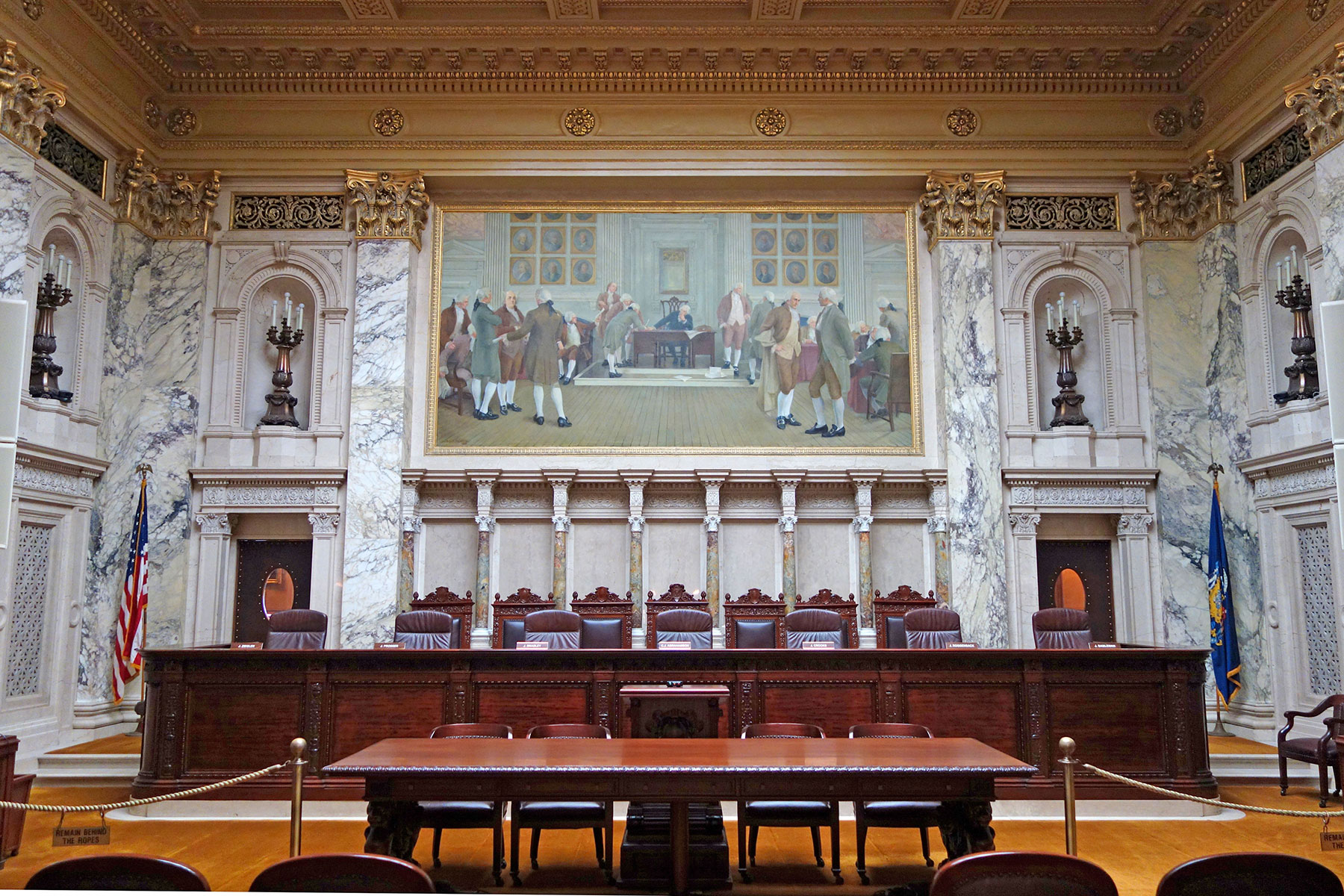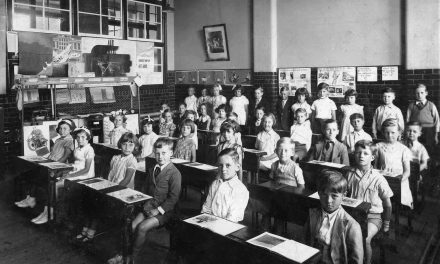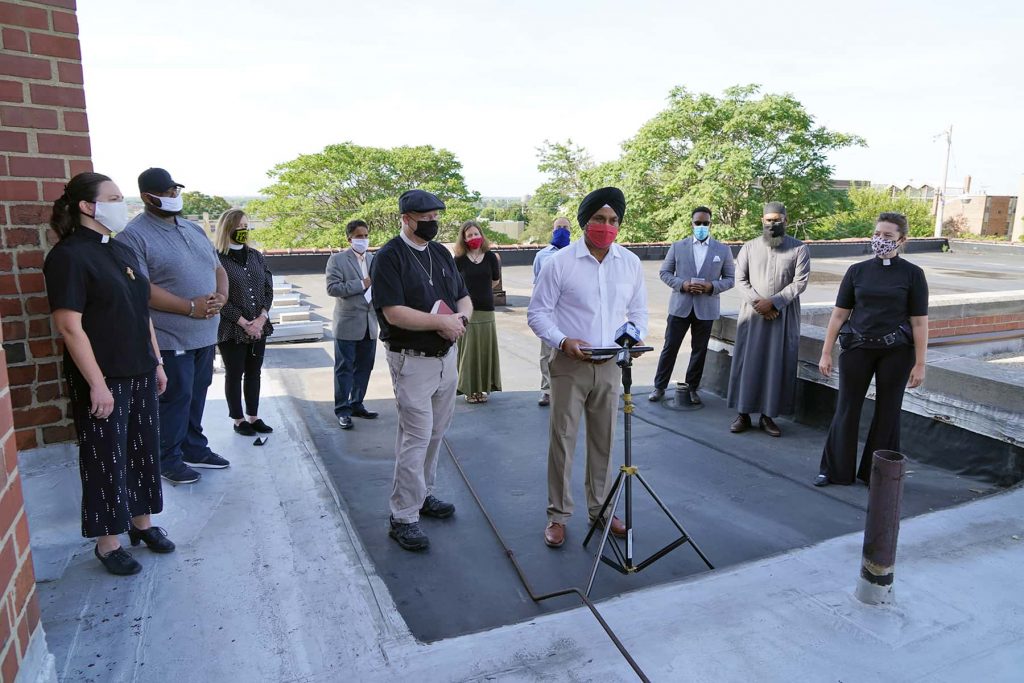
Wisconsin Spring elections are upon us, with early voting and the April 3rd election day voting for nonpartisan offices, including state judicial officers.
Wisconsin remains in the majority of states which elects its judges and justices, entrusting the entire citizenry to choose the entire branch of government. Statewide, this election cycle’s ballots include twelve contested judicial elections—one election for a ten-year term on the Wisconsin Supreme Court, and eleven elections for six-year terms in the county circuit courts of Clark, Columbia, Dane, Eau Claire, Juneau, Manitowoc, Price, Sauk, Winnebago, Waukesha and Buffalo-Pepin, one judge presides over cases in both counties.
In addition, forty-four (44) state court judges appear as “uncontested candidates” on the April 3rd ballots. A host of Municipal Court judges also appear on ballots throughout the state.
Election of judicial branch public servants is different from election in the legislative and executive branches of government. The other two branches’ elections are based on partisan campaigns, and those elected represent constituencies, persons and districts. The judiciary does not “represent” people or constituencies or a partisan perspective or platform. Rather judges (especially local judges) reflect the values of the people who elect them, and impart, from the bench, an understanding of the community and electorate whom they serve.
Fixed terms and public elections hold them accountable to the people’s belief in an independent judiciary; they serve as a check on judges’ duty to decide disputes, liberty, rights and responsibilities and a host of life-affecting issues with integrity, impartiality and fairness. When a judge stands election to retain a seat, the vote serves to reaffirm the public’s faith in the judge’s commitment to the foundational principles of the justice system; it serves to reaffirm the public’s commitment that courts, overall, operate systemically with integrity, impartiality, independence, and fairness.
About five years ago, the American Constitution Society commissioned a first-of-its-kind, comprehensive research study of the state courts, later published as “The Gavel Gap.” The report is named for the disparity between the race/gender composition of the courts’ judges and the communities they serve.
The unprecedented study of state courts analyzes a dataset, the State Bench Database, of more than 10,000 then-sitting judges in courts of general jurisdiction in all fifty states and Washington D.C. The Gavel Gap is both a published document and a highly interactive website that captures and compares the structures, workload and demographics of the fifty-one court systems. The Gavel Gap also ranks and rates the courts according to race and gender inclusion as compared to that of the general population in each state, respectively. The study’s data is a “snapshot” of the courts in December 2014. See, www.GavelGap.org.
Of the fifty-one court systems, Wisconsin ranked 44 overall in gender/race parity (41st for gender parity and 45 for race/ethnicity parity). Wisconsin’s overall “gavel gap” was a negative 59%. Of the 264 Wisconsin state court judges and justices in December 2014, twenty percent (20%) were women, compared to fifty percent (50%) of the state’s population being women. Additionally five (5%) of the Wisconsin bench were persons of color compared to eighteen percent (18%) of the state’s population being persons of color. Neighboring states ranked as follows: Iowa -36th; Michigan -15th; Illinois-12th; and Minnesota-5th.
Besides ranking the states, the study also rated the states on how well they were achieving female and/or racial minority judicial numbers proportionate to the general state populations, respectively. The “representativeness score” is an A to F system meant to show a positive presentation of a state’s proportional achievement, with an “A” score reflecting gender/racial parity of 90%. Wisconsin received a Grade F, but can take some sort of solace in its commonality with half (26) jurisdictions in the study who also received Grade F representativeness scores (below 60% gender/race parity). Only Hawaii received a Grade A, and only Washington D.C. received a Grade B; eight states and fifteen states received Grade C and Grade D scores, respectively.
Milwaukee County elects about twenty percent of the state’s trial court judges. Logically Milwaukee County should be carrying the state on race and gender inclusion due to the county’s demographics, the number of circuit court branches (47) and the number of Milwaukee County attorneys in the judicial “pipeline” who might add to race/gender inclusion numbers (about 25% of all lawyers practicing in Wisconsin live in Milwaukee County).
A snapshot of the Milwaukee County Circuit Court on January 1, 2018 shows that of the forty (47) Milwaukee County trial judges, twenty-nine judges (29 or 62%) are males and eighteen (18 or 38%) are female. Persons of color in the Milwaukee County judiciary include ten judges (10 or 21%); three of the ten (3 or 6%) percentage are female persons of color and seven (7 or 15%) are male persons of color.
A snapshot of the state judiciary on January 1, 2018 reveals that sixty-six (66 or 24%) of the two hundred seventy two Wisconsin judges and justices are women. This leads us back to the Spring elections. Of the twelve contested judicial elections, only one seat of the twelve vacated seats is being vacated by a women judge (Waukesha County Circuit Court). Of the twelve contested elections on the April 3rd ballot, three races (3 or 25%) have two male contenders, two races (2 or 17%) have two female contenders and seven (7 or 58%) are races with one male contender and one female contender, including the sole Wisconsin Supreme Court race.
The study begs the question: why does an inclusive judiciary matter? It matters that the people behind the bench reflect the communities they serve in front of the bench. For a specific example, the study found that trial judges are the final decision makers for almost all criminal defendants The study further found those defendants are disproportionately from racial minority groups appearing before a disproportionately non-minority judiciary.
As recently as May 2016, the U.S. Supreme Court found unconstitutional jury-selection practices in criminal matters that result in all white juries. The integrity of the system and the perception of impartiality are edified by having a deep and diverse bench that more proportionately reflects the litigants who appear before the judges on the bench
More generally, according to the Gavel Gap, an inclusive judiciary matters because “[j]udges’ backgrounds have important implications for the work of courts. The characteristics of those who sit in judgment can affect the internal workings of courts as well as the external perception of courts and judges. The background of judges can influence how they make decisions and impact the public’s acceptance of those decisions.”
Before voting ends on April 3, be sure to review the candidates’ backgrounds and characteristics. Then cast a ballot with confidence that during the next six-year trial court terms and the next ten-year Supreme Court term, the elected judiciary’s decisions will reflect the fair and independent justice system that we the people expect, and deserve.
For Wisconsin voting locations and pre-voting ballot review go to www.myvote.wi.gov














